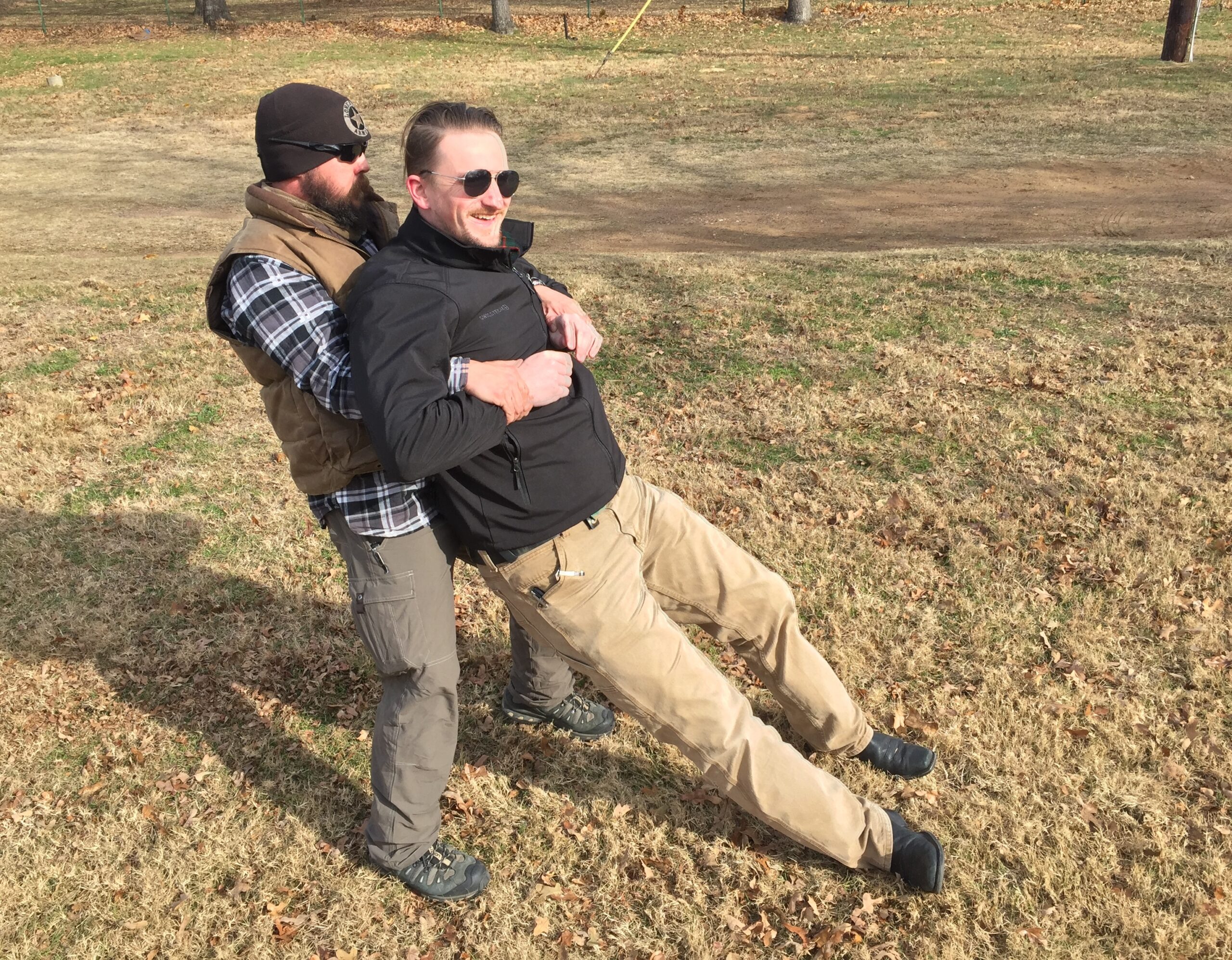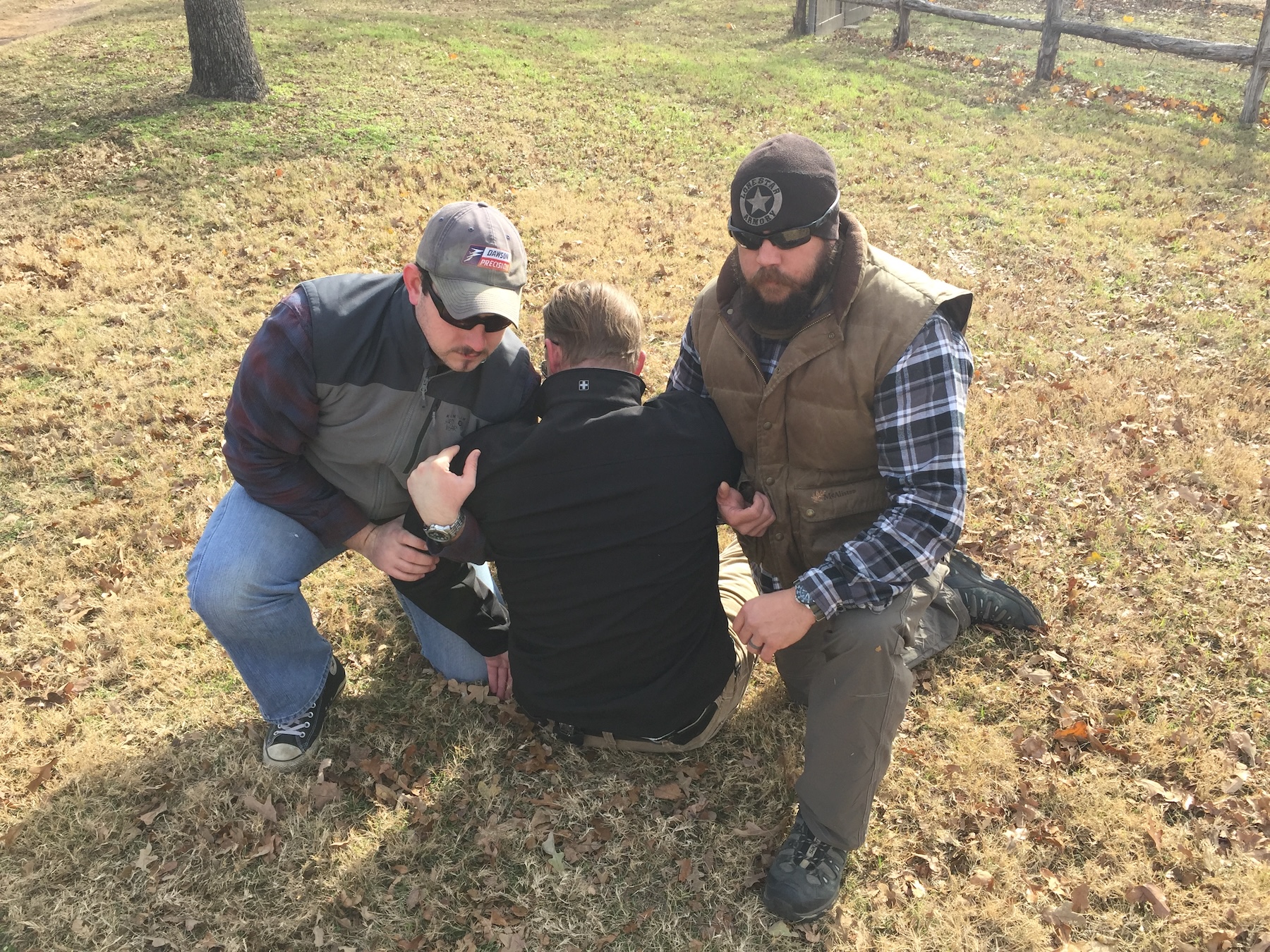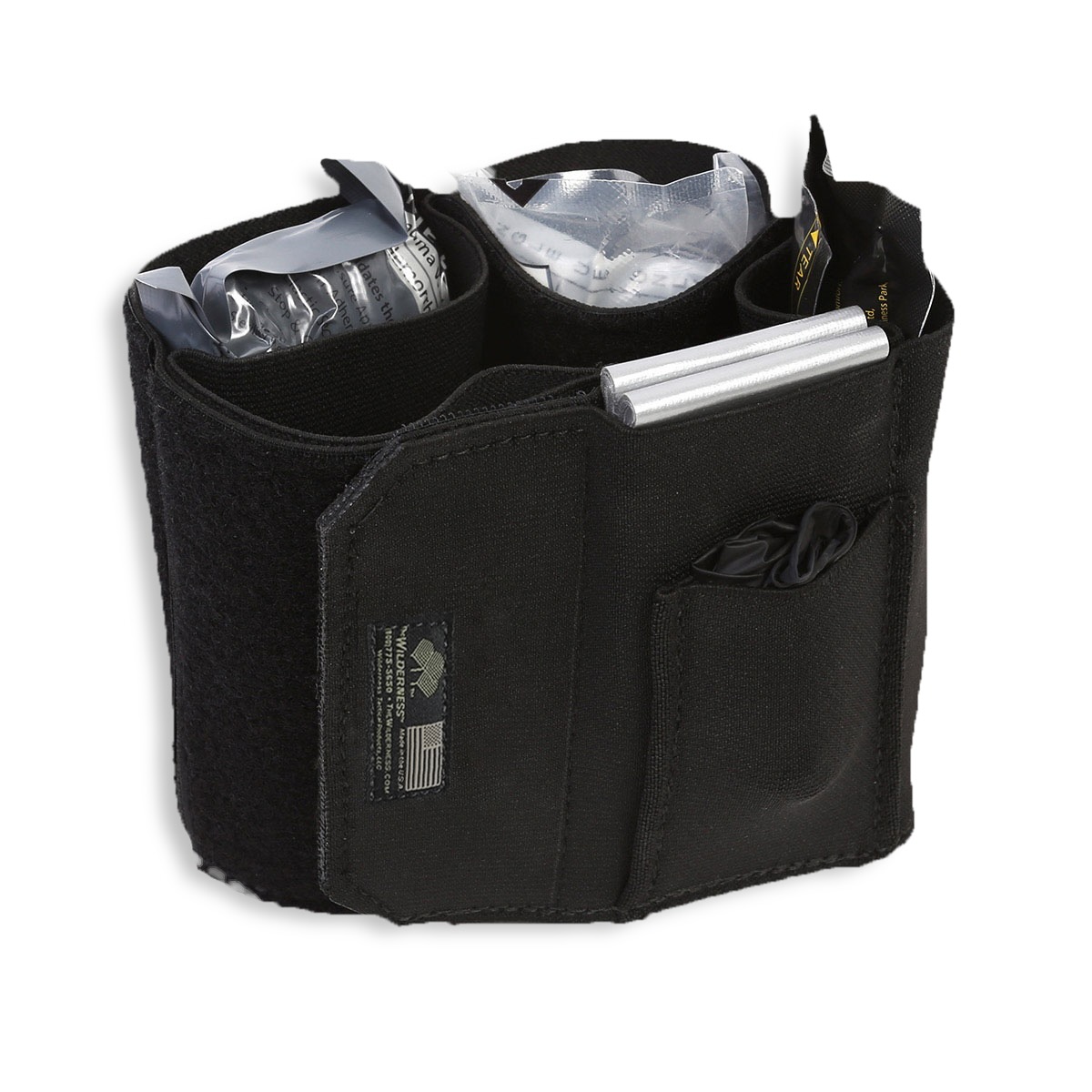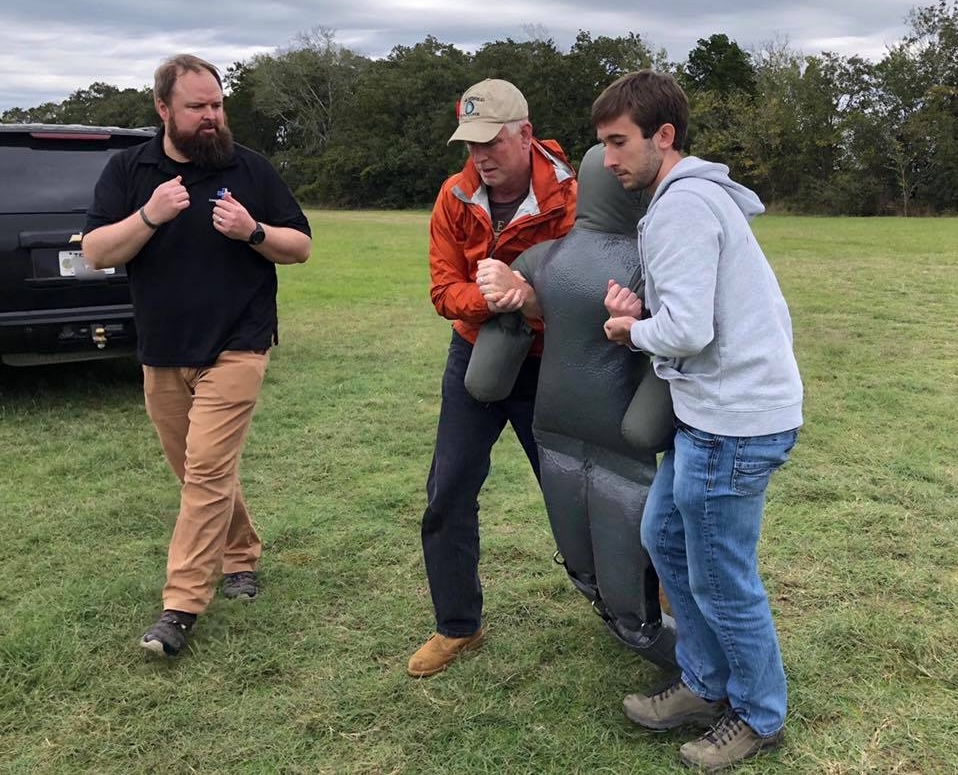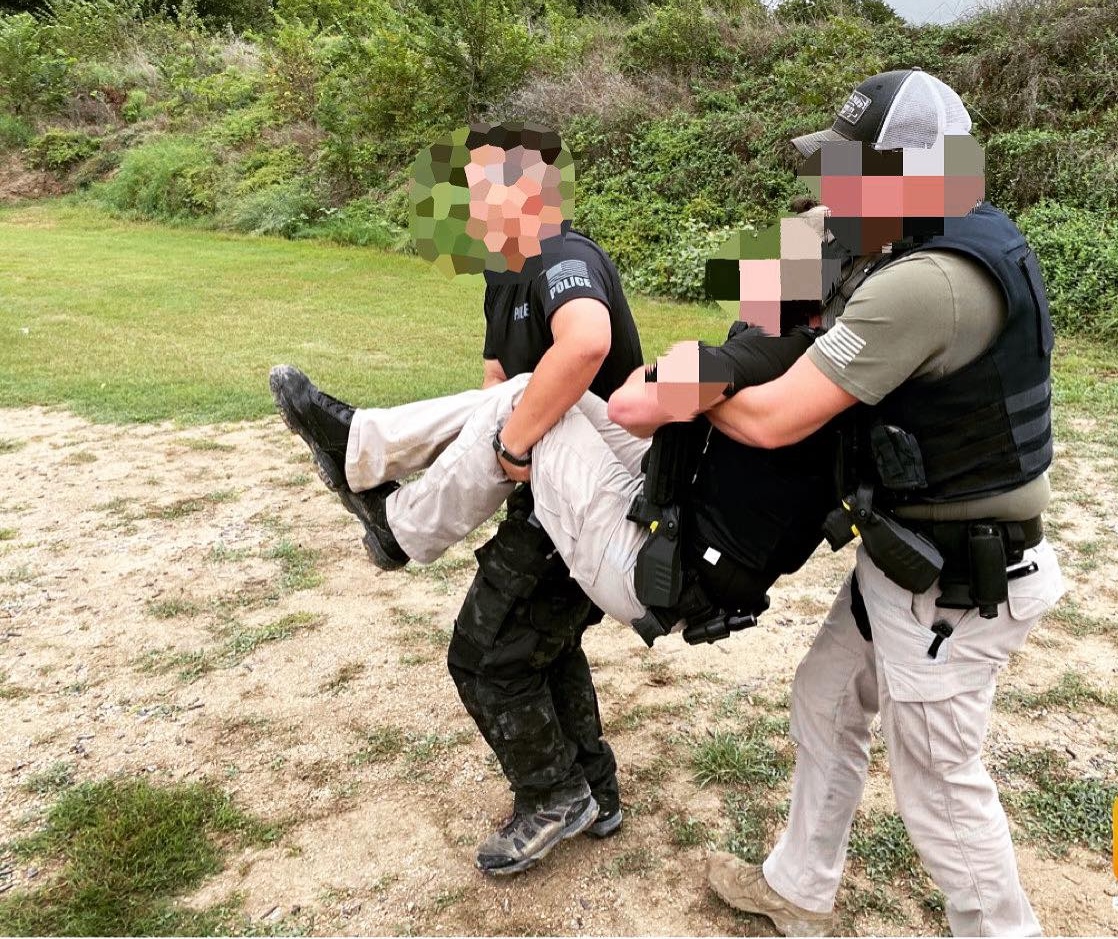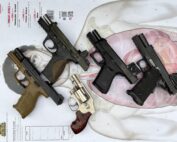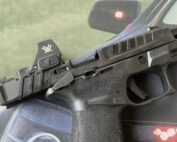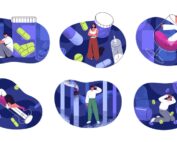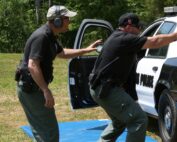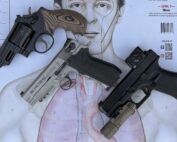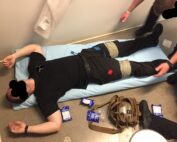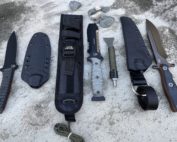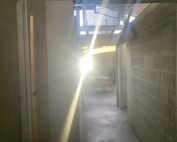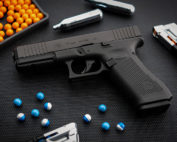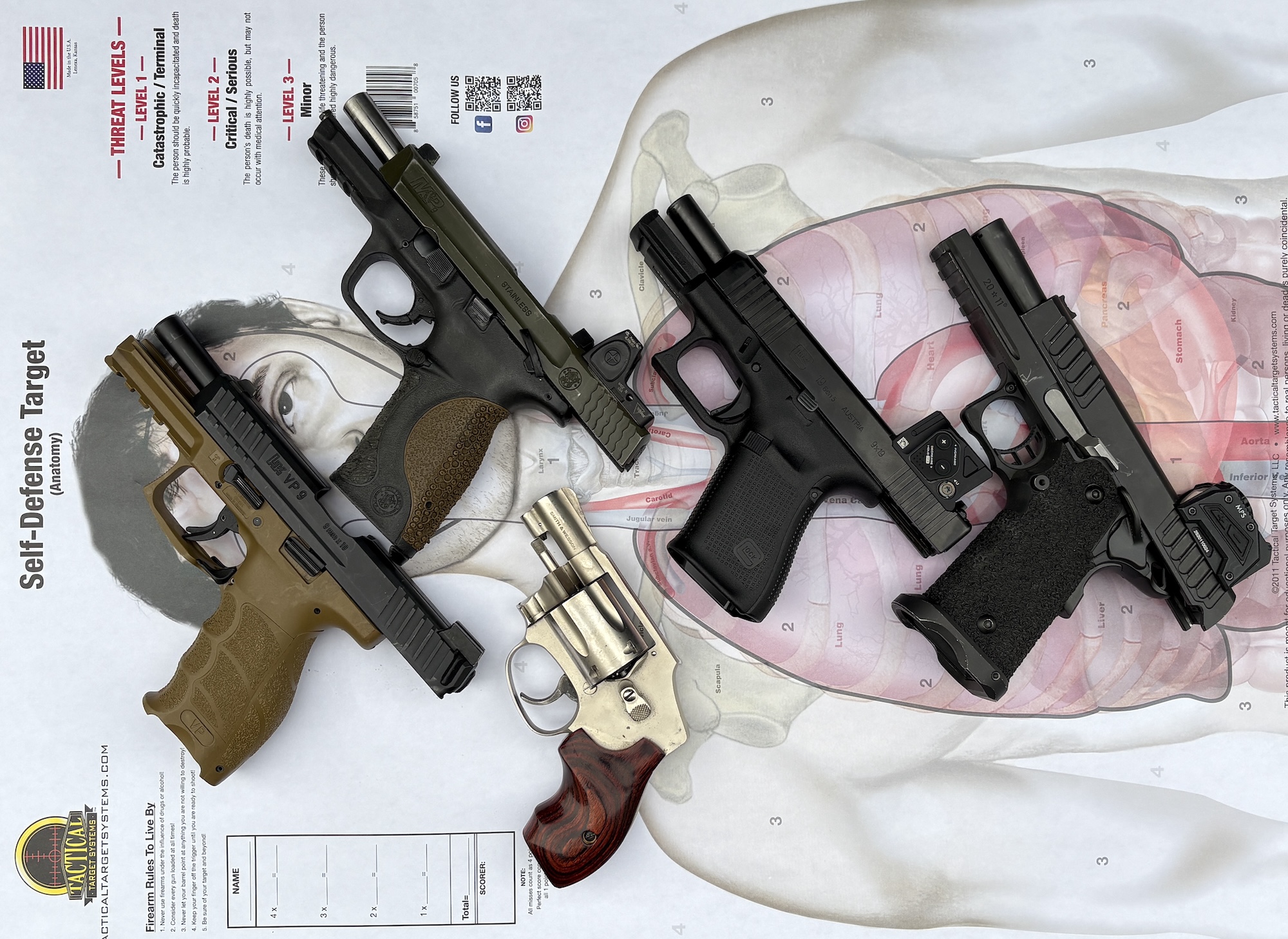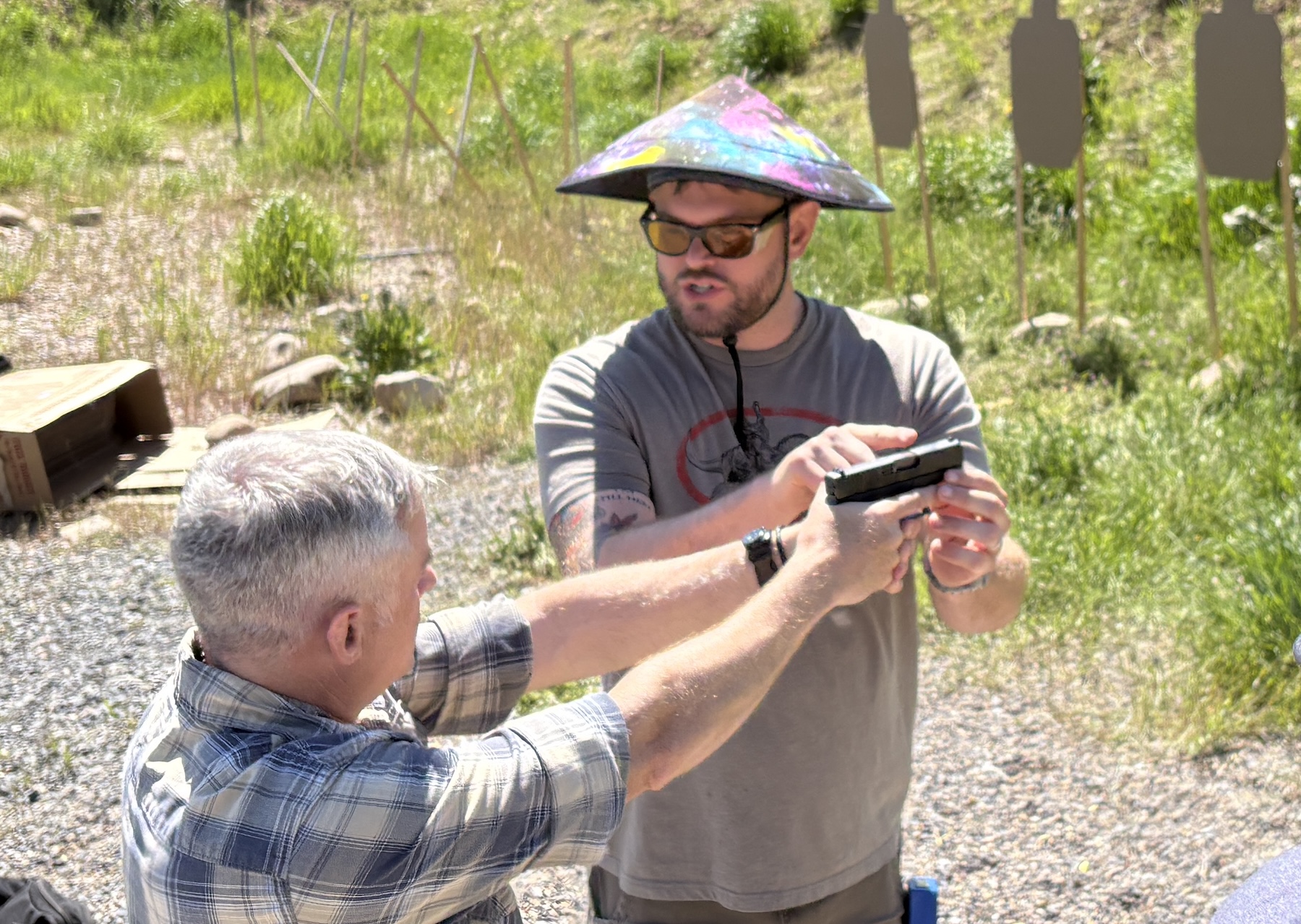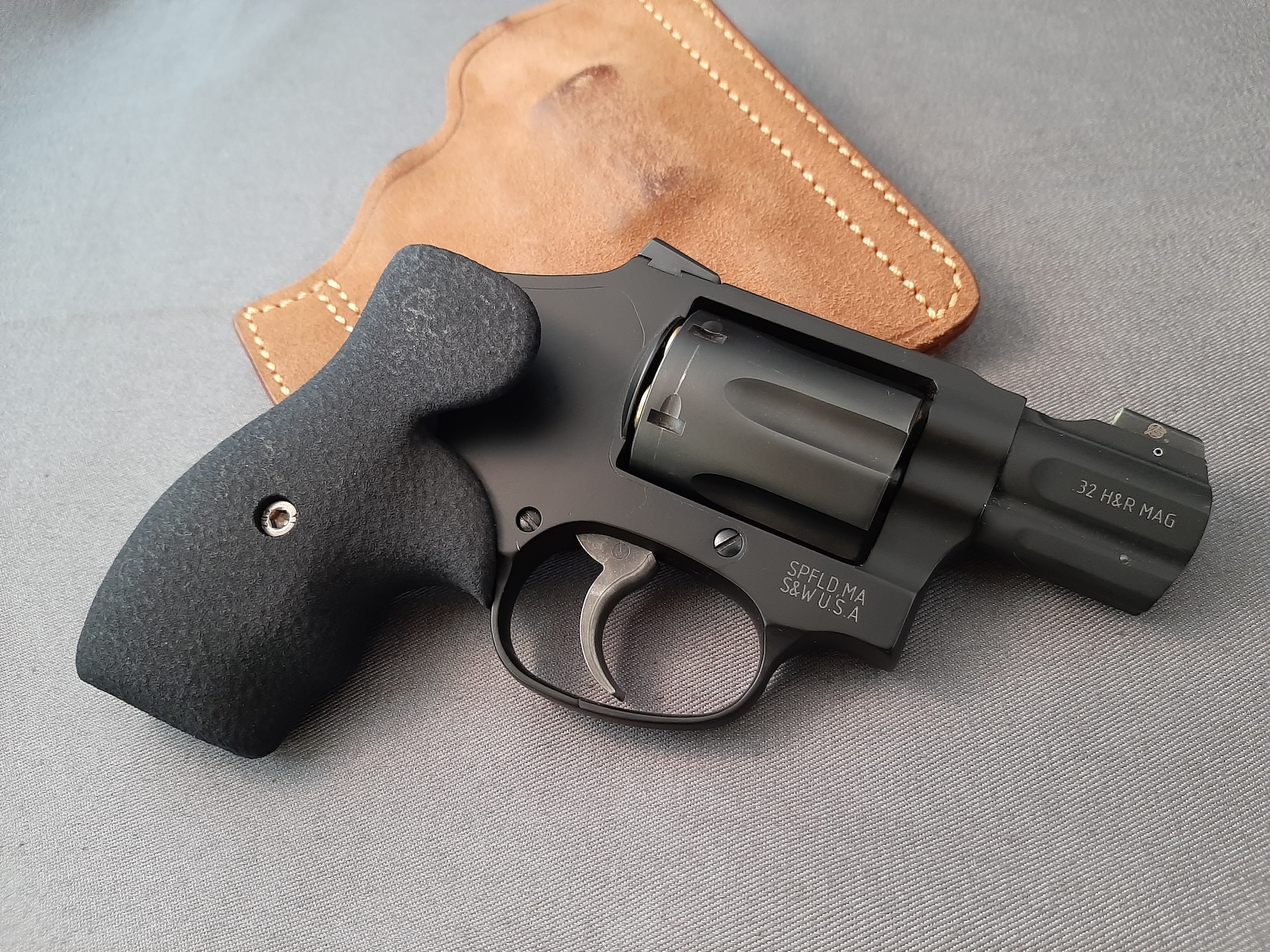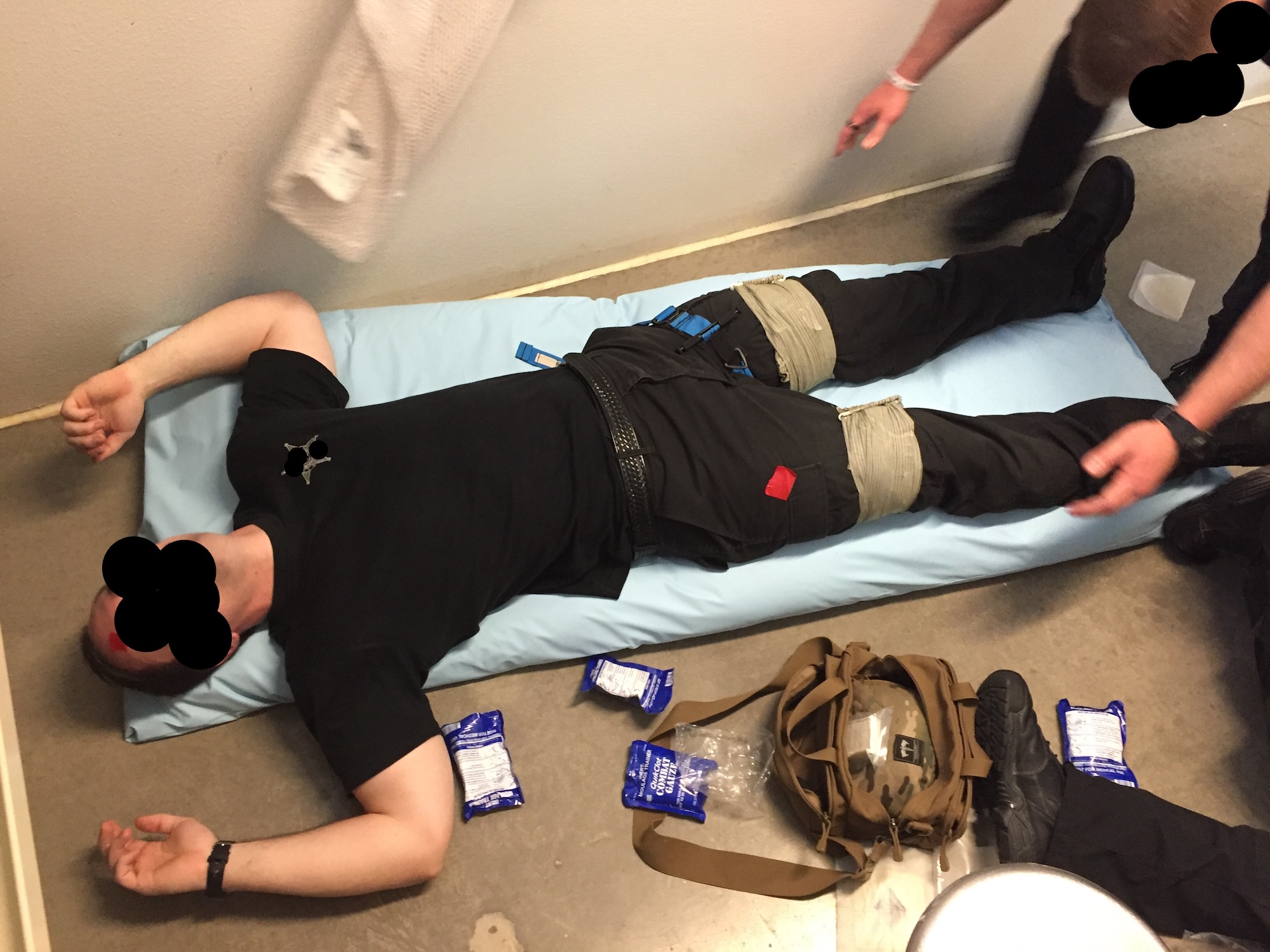
feature_7315
(PC - Lone Star Medics)
May is National Stop the Bleed Month. The goal of that program is to get as many people as possible, regardless of where their paycheck comes from, trained to stop death from hemorrhaging (bleeding) caused by traumatic injuries. Stopping the bleed regardless of what caused it.
I’m fortunate that, as a writer and trainer, I have a few Go-To people for pre-hospital trauma concerns. One of them is Caleb Causey of Lone Star Medics. He talked with me a couple of years ago.
Realizing that it had been a while since we had explored medical issues and that it was Stop The Bleed month, I reached out to Caleb. He is just a genuinely experienced and knowledgeable guy, even if he is excessively concerned with your level of hydration. That could be based on his time as a medic in the Army, the fire service, and for a tactical team.
Starting Off
Early in this conversation, I asked Caleb what he thought was the most overlooked issue by those dealing with pre-hospital emergencies. His answer is why I reach out to people.
First, mindset. You must accept that a medical emergency can happen to you, and you’ll have to resolve it.
Second, education. You need to get good training that is relevant to you and your world.
Finally, after acknowledging the need and getting educated, you can address the gear. Like shooting, right?
Paraphrasing Caleb, “With mindset and knowledge, you can accomplish anything. Most of us screw up and run it backwards. We buy solution before learning to solve the problems.”
For law enforcement, he recommended the Tactical Emergency Casualty Care program over the Tactical Combat Casualty Care classes. The former is focused on first responders, while the latter is medic-centric care under fire.
Data
Previously, Caleb looked at FBI data on fatal wounds suffered by officers. The majority were penetrating trauma to the head and neck. Only so much can be done for a shattered cranial vault or severed arteries near the brain.
Next was penetrating trauma to the torso that wasn’t protected by body armor.
The least likely were fatal injuries to the arms and legs. Those numbers were far enough back that tourniquet usage was not as common as it is now.
Speaking of TQs
Causey strongly suggests only using those tourniquets recommended by the Committee on Tactical Combat Casualty Care (CoTCCC). He leans heavily towards the current version of the SOF-T and the Gen 7 CAT models, as science and anecdotal evidence place them side by side.
There are two reminders on tourniquets: Only buy them from reputable sources. That means only U.S.-based trauma medicine supply businesses. Avoid bid sites or offshore dealers because there are too many knock-off designs in those supply chains. Second, do not train with your carry TQ. Have one of the same make and model as your carry tourniquet to practice with.
There has been some concern about a TQ being a talisman, like a gun in the nightstand. “I just need a tourniquet.” You should also carry gauze and chest seals. The advantage of plain old cotton gauze is its wide range of uses, including wound packaging. Gauze that has been impregnated with hemostatic agents is not recommended for wound packing in certain locations—above the jawline, genitalia, rectum, or the ribs.
One product he was comfortable mentioning by name is the H&H Medical Compress Gauze. He noted they have great packaging and shelf life, which handles the abuse of being in the field very well.
A pressure dressing is also important. They come in a variety of sizes: smaller ones for minimal-footprint carriers, like an ankle rig or Blue Force Gear’s micro Trauma Kit Now, and larger ones for a dedicated bag or vehicle-stored kit.
Gloves and vented chest seals would round out the kit.
While I was working, I used several methods for carrying medical gear. Eventually, I settled on an ankle rig – from The Wilderness. Caleb supported my choice, noting that your peers need to know where it is carried. Organizations using them should consider standardizing placement.
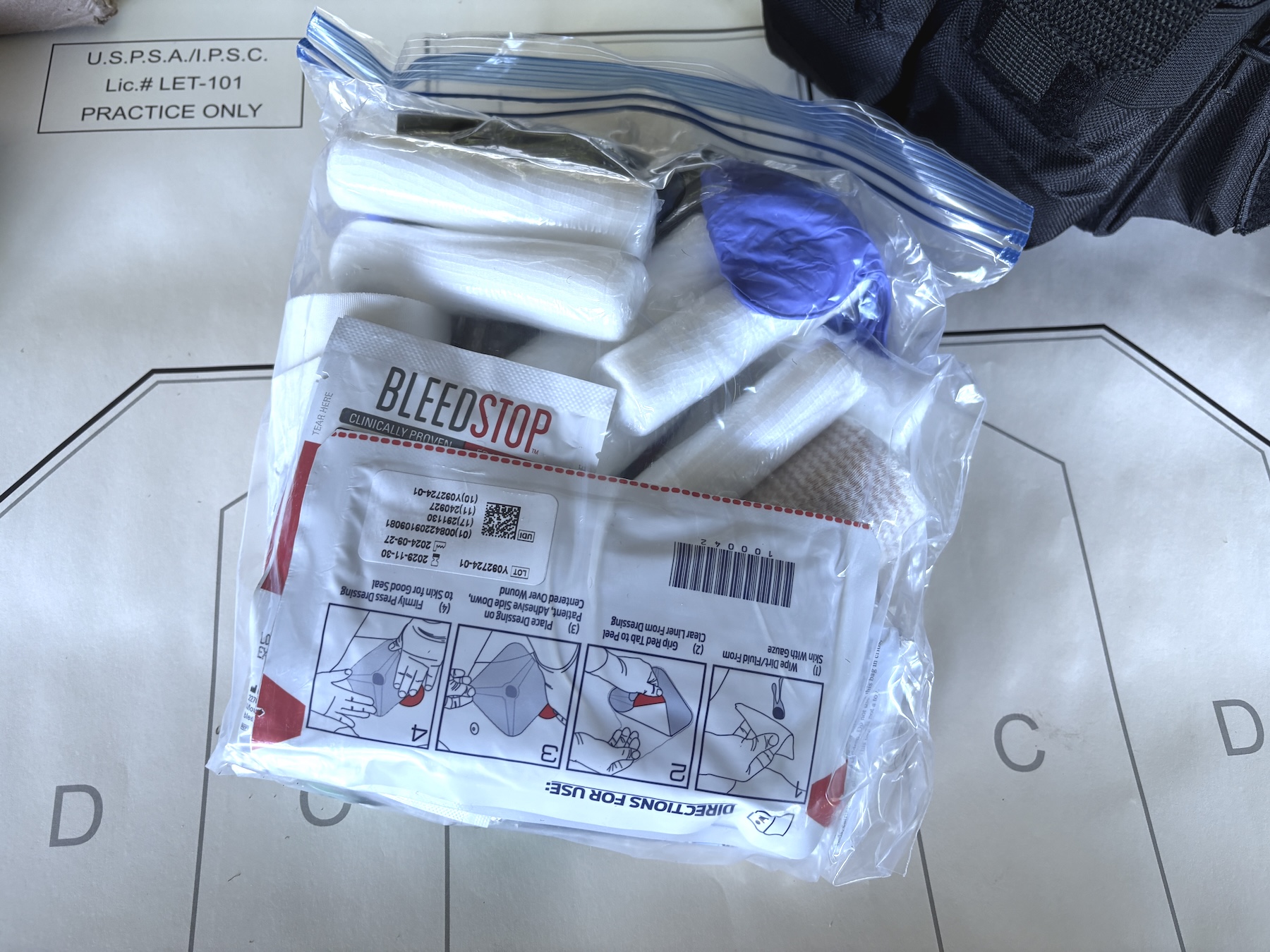
The contents of one range’s medical bag. Two things you probably can’t have too much of are gauze and gloves.
More Gear?
If you are on a tactical element or you are setting up medical gear in a vehicle, you are just adding quantity and capability. You will need more and larger dressings, vented chest seals, additional TQs (2-4 at a minimum), additional gauze, and the ability to restock individual kits in the field.
For a larger kit, additions would include headlamps (for fixing holes, not gunfights or building searches), heavy leather gloves, and triangular bandages. Add a collapsible litter, like the Phantom from TacMed Solutions.
If you work around K9s, add a small muzzle and a leash for everyone’s protection. Have a lot of gauze on hand, along with plenty of self-adhesive Koban (less expensive) or vet wrap (more) available. Because dogs are hairy, chest seals won’t work.
Did we mention gauze and gloves?
Tools
Remember, you may need breaching tools to access the victims. Include a window punch and good-quality, full-size trauma shears. X Shears makes a “formula 1 “level version for about $40.
Skills
In his experience, the most neglected skill is being able to manually carry or drag patients out to treatment, whether from the hot zone or a deer stand. Know which method works for the terrain—stairs, parking lot, or woods.
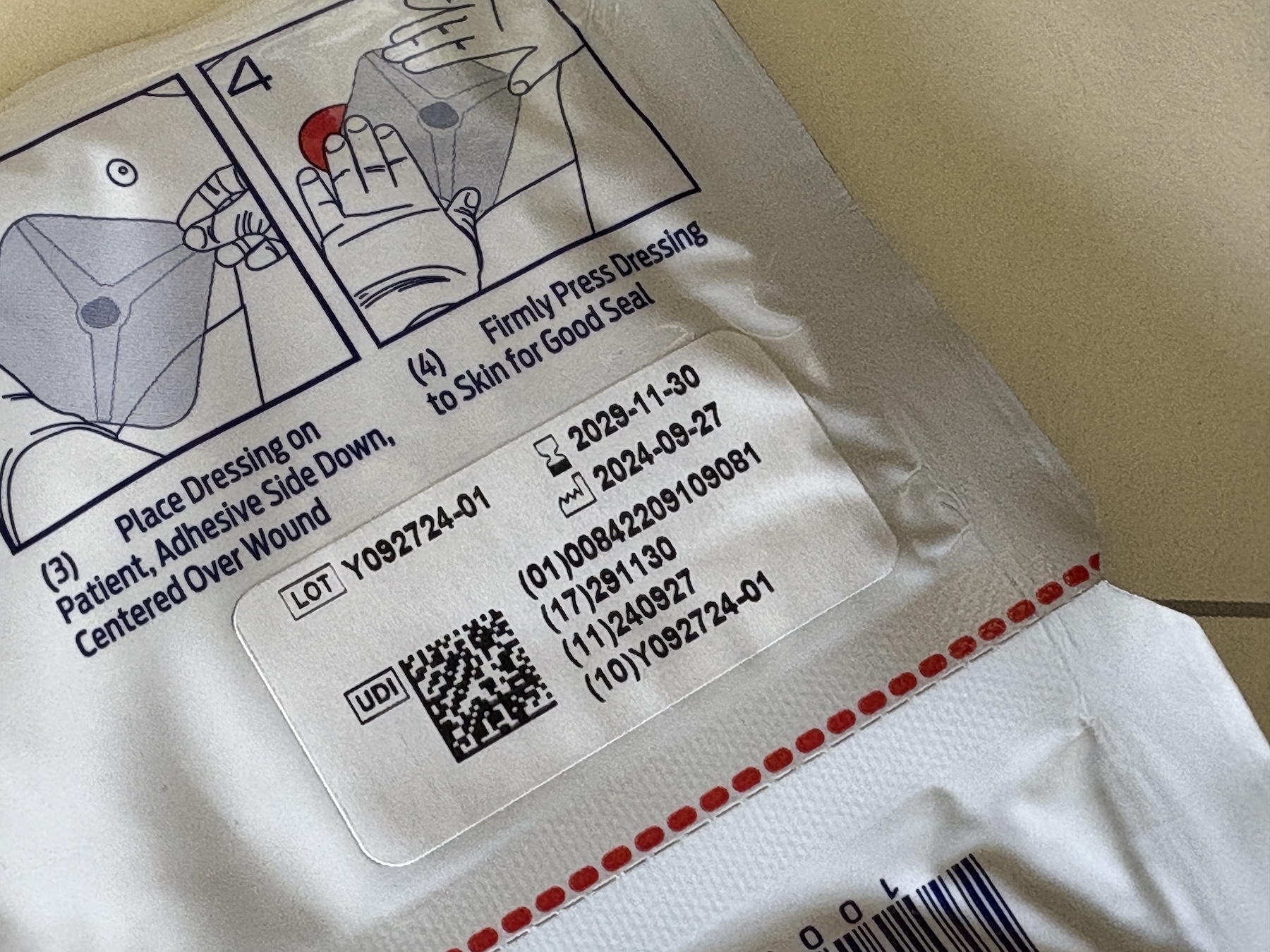
When checking your medical equipment, in addition to looking for any damage, ensure that it hasn’t expired. This chest seal is good until 2029.
When to Replace Your Gear
Rather than give specifics, Causey recommends checking the on-body gear weekly. Anything else is checked monthly. Replace any items with compromised packaging or visible damage.
You can also put calendar reminders on your smartphone. He recommends two separate ones because you are likely to forget the first.

That low-profile piece of gear allows you to have a fair amount of supplies. (PC – Wilderness Tactical)
Final Thoughts
You are far more likely to encounter a medical emergency than a deadly force encounter. Learn the foundational skills and those specific to your environment, and then acquire the necessary equipment.
RESOURCES:
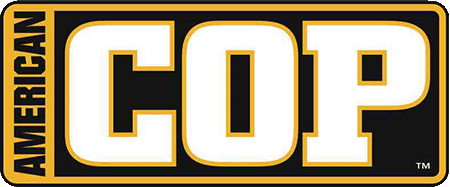

 (+3 rating, 3 votes)
(+3 rating, 3 votes)